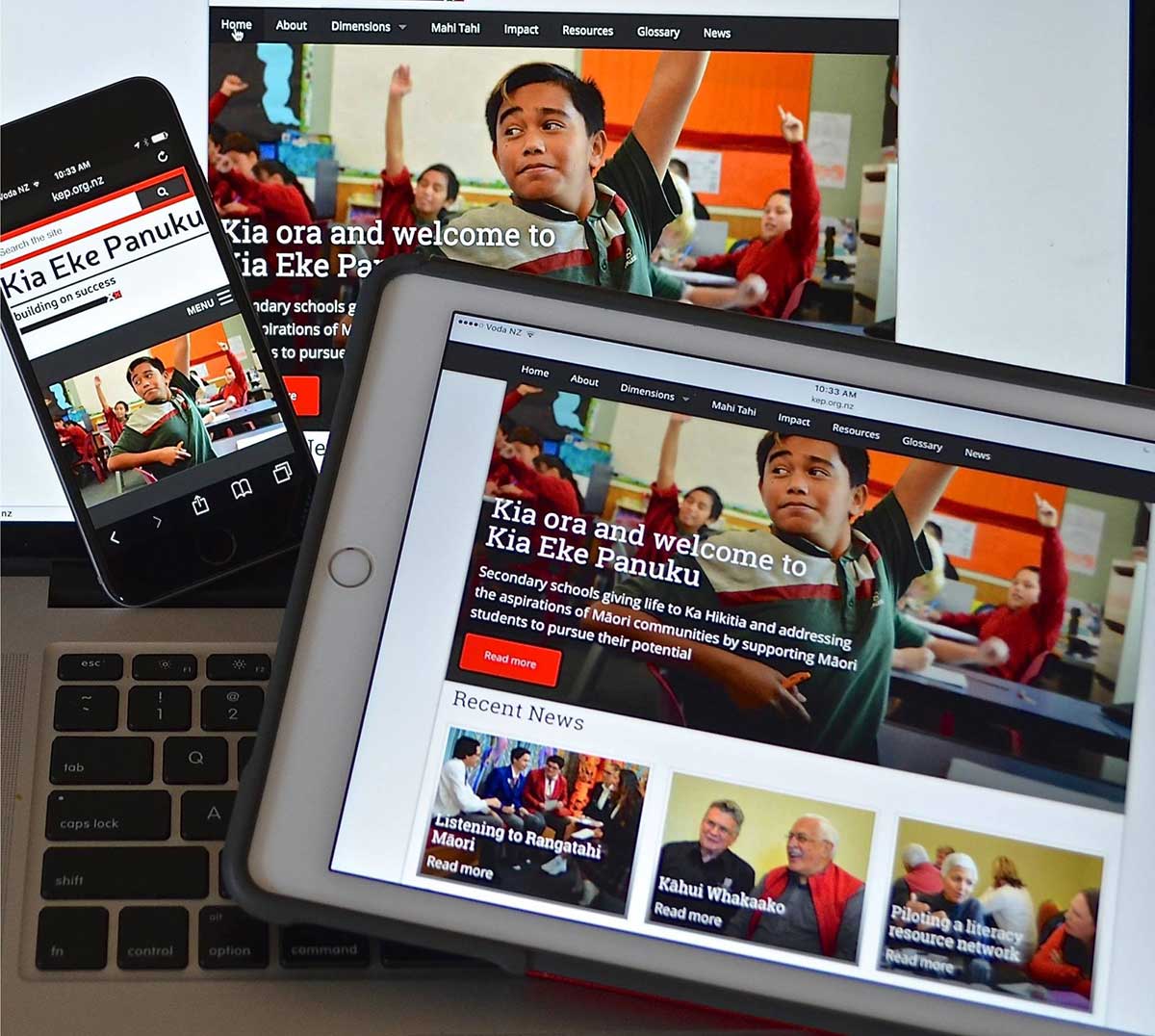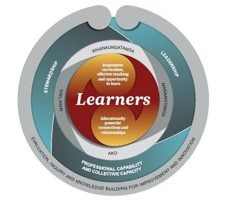Research and Policy
Background
In the early nineties, a group of people who had been educators in English medium, Māori medium and special education settings, and who were concerned with the inequitable educational outcomes faced by New Zealand’s Māori population, began to work together.
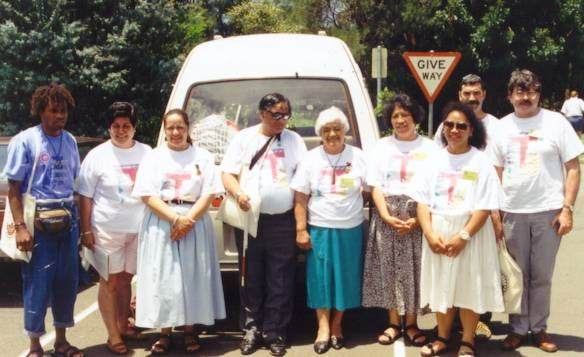 Over 20 years, this group of Māori elders, a Pākehā academic, Emeritus Professor Ted Glynn, and Māori practitioners came together as a metaphoric whānau to undertake research that aimed to support educators work more effectively with Māori students and their families.
Over 20 years, this group of Māori elders, a Pākehā academic, Emeritus Professor Ted Glynn, and Māori practitioners came together as a metaphoric whānau to undertake research that aimed to support educators work more effectively with Māori students and their families.
Under the auspices of the Special Education Services this group was established as the Poutama Pounamu Education Research and Development Centre in 1995.
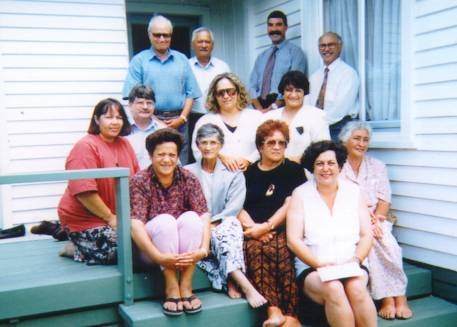 Through our iterative, research and development collaborations, we learned more effective ways of working together within Kaupapa Māori principles yet also within the Treaty of Waitangi principles of partnership, protection and participation.
Through our iterative, research and development collaborations, we learned more effective ways of working together within Kaupapa Māori principles yet also within the Treaty of Waitangi principles of partnership, protection and participation.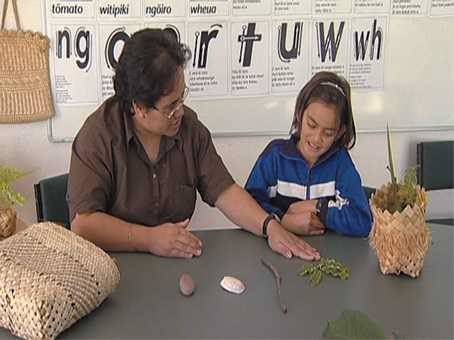 In this time, we
learned the importance of developing relationships of trust with Māori students
and their families, in ways that maintain respect for each other and with them
as central to the work.
In this time, we
learned the importance of developing relationships of trust with Māori students
and their families, in ways that maintain respect for each other and with them
as central to the work.
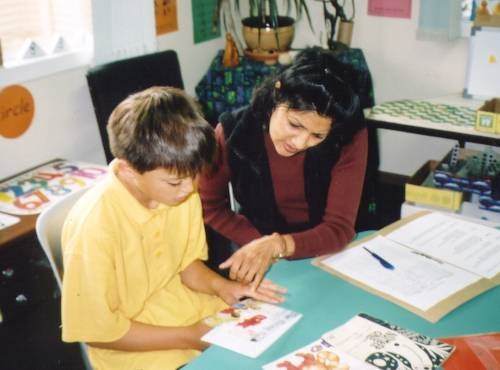 This involved understanding and promoting cultural relationships and collaborative approaches to understanding and resolving problems.
This involved understanding and promoting cultural relationships and collaborative approaches to understanding and resolving problems.
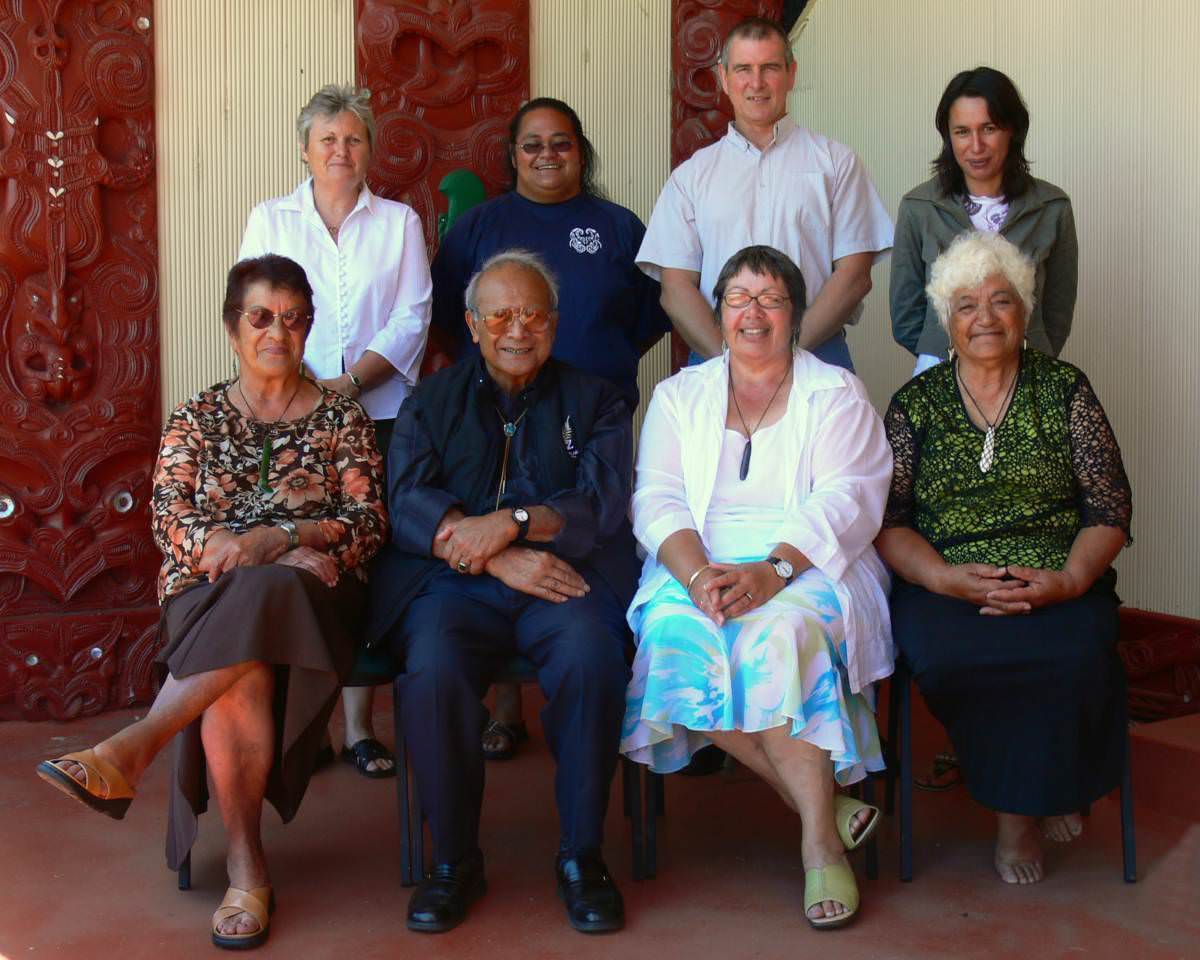 In the late nineties, when the research centre had become part of the Ministry of Education, our work began to merge with that of Emeritus Professor Russell Bishop at The University of Waikato and then into the development of Te Kotahitanga in 2001.
In the late nineties, when the research centre had become part of the Ministry of Education, our work began to merge with that of Emeritus Professor Russell Bishop at The University of Waikato and then into the development of Te Kotahitanga in 2001.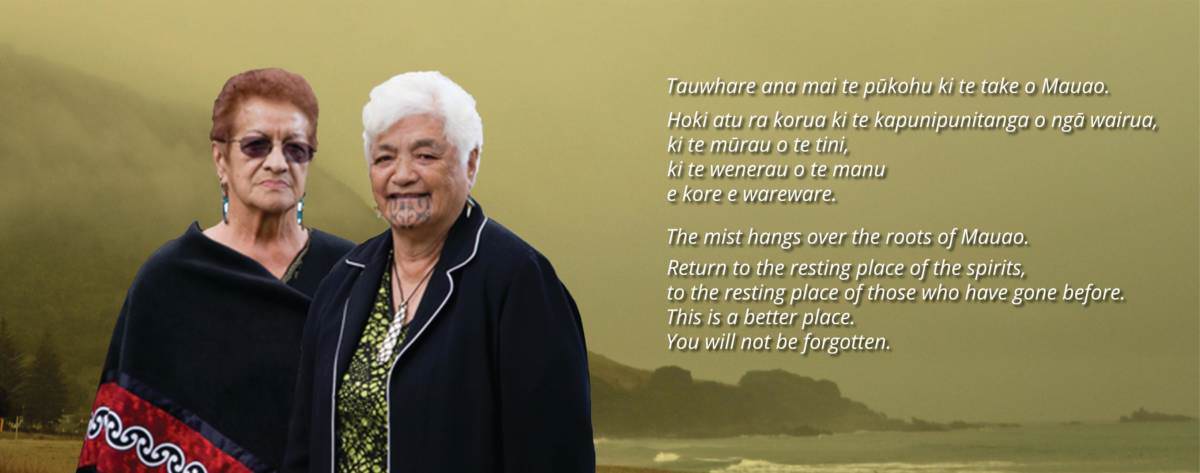
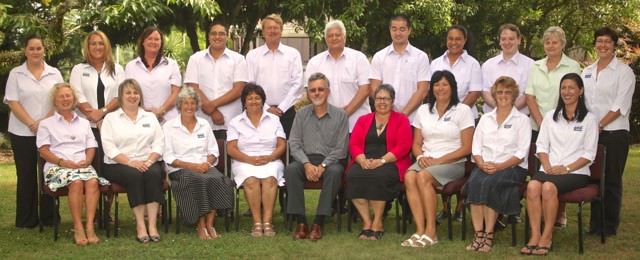
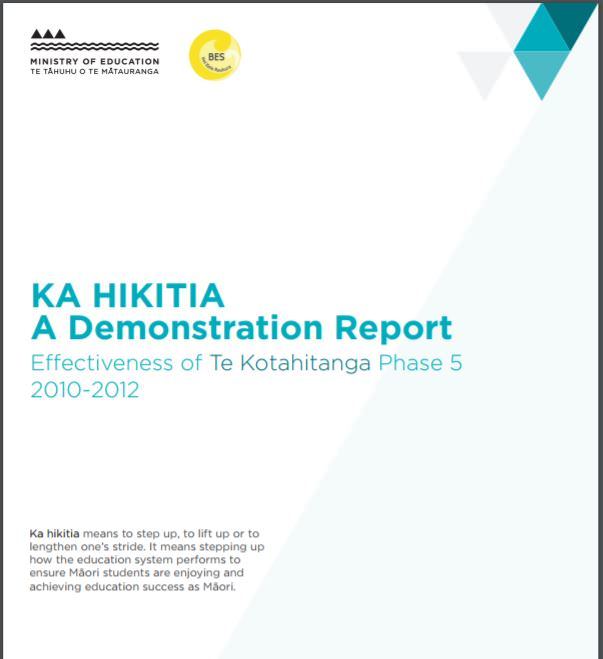
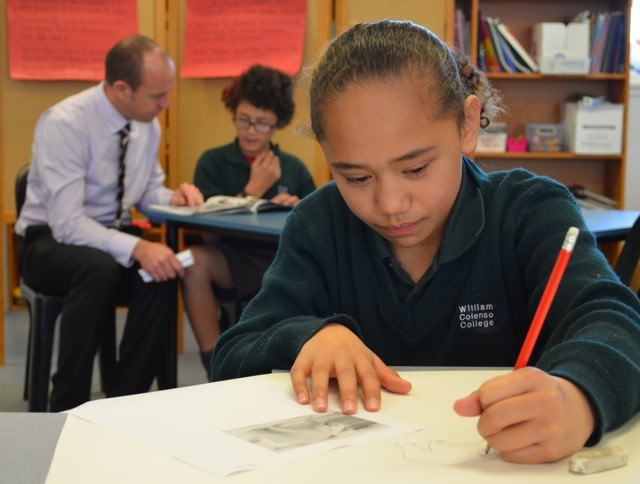 The beginnings of Te Kotahitanga occurred as Ngāti Tūwharetoa in association with the Minister of Education of the day, hosted national conferences of Māori leadership in education (Hui Taumata Mātauranga) to find a new approach to Māori student achievement in education.
The beginnings of Te Kotahitanga occurred as Ngāti Tūwharetoa in association with the Minister of Education of the day, hosted national conferences of Māori leadership in education (Hui Taumata Mātauranga) to find a new approach to Māori student achievement in education.
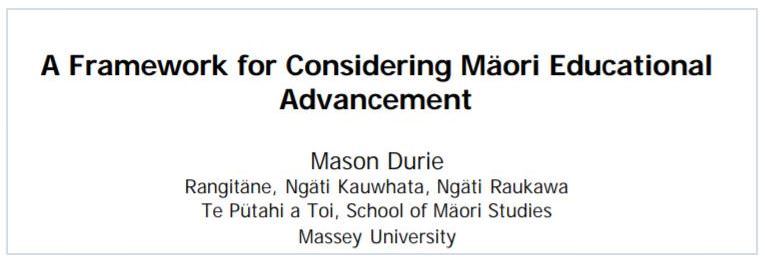
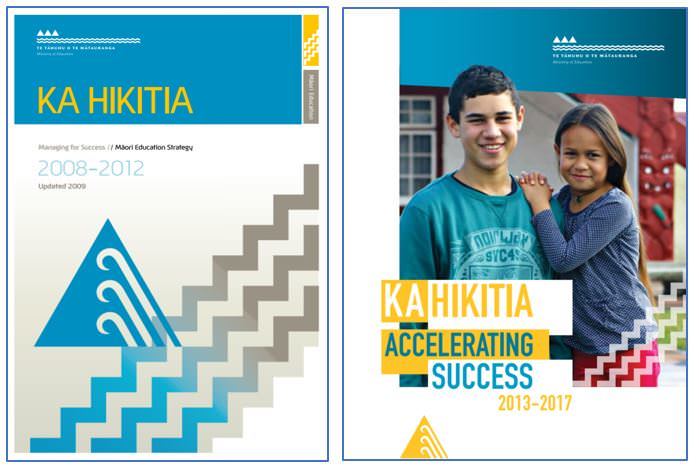 These goals contributed to the Māori education strategy called Ka Hikitia that aimed at a “stepping up [of] the performance of the education system to ensure Māori are enjoying education success as Māori” (Ministry of Education, 2009, p.11).
These goals contributed to the Māori education strategy called Ka Hikitia that aimed at a “stepping up [of] the performance of the education system to ensure Māori are enjoying education success as Māori” (Ministry of Education, 2009, p.11).
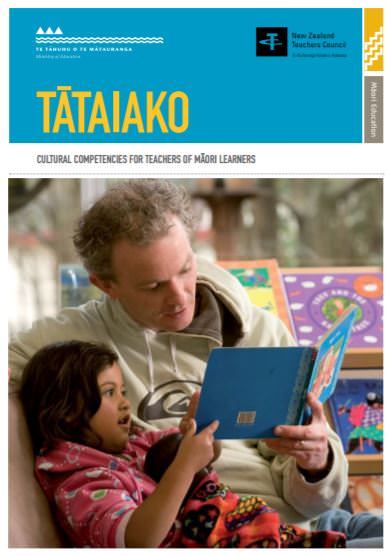
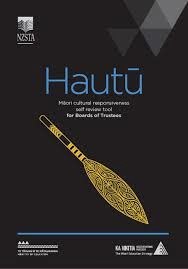
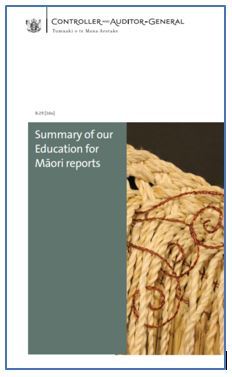 From 2012 to 2017, the Auditor General undertook an audit of the implementation of Ka Hikitia with the assistance of a Māori Advisory Group, including Associate Professor Mere Berryman.
From 2012 to 2017, the Auditor General undertook an audit of the implementation of Ka Hikitia with the assistance of a Māori Advisory Group, including Associate Professor Mere Berryman.
